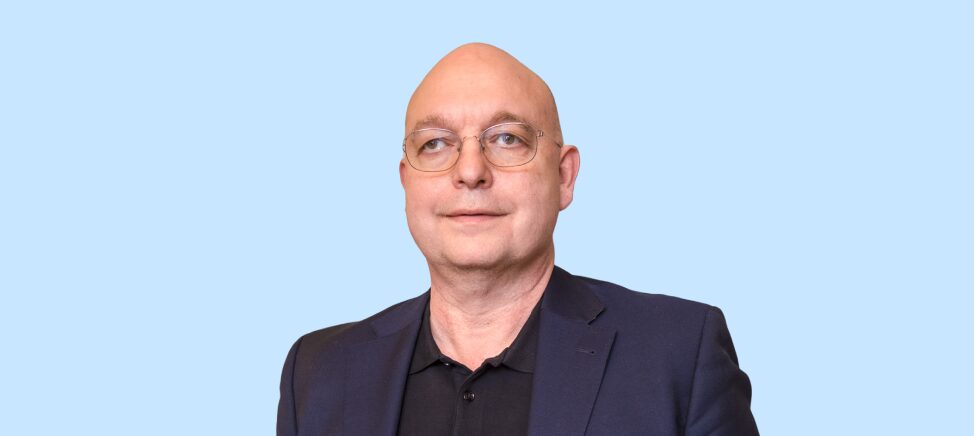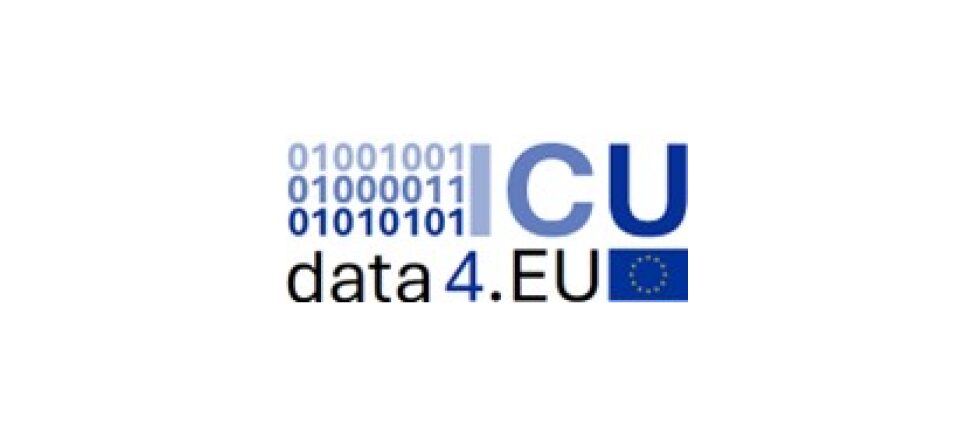Newsletter 2025
Interview with Anne Marie Camilleri Podesta

Hello, Anne! Congratulations on your appointment as the new chair of NASC. What inspired you to step forward for this position, and what excites you most about leading NASC at the ESAIC?
My decision to take on the role of NASC Chairperson was inspired by my predecessor, Prof. Federico Bilotta. His ability to unite diverse national societies under a common vision for advancing anaesthesia and intensive care across Europe left a profound impact on me. His dedication highlighted the transformative power of collaboration, and I am honoured to build on the strong foundation he established.
NASC represents over 100,000 anaesthesiologists across Europe. This immense responsibility motivates me to serve with a vision for harmonising anaesthesia practices while respecting the unique contexts of each member Society. NASC’s role as a bridge between the national societies and the ESAIC Board offers opportunities to address pressing issues such as patient safety, education, workforce well-being, and sustainability.
What excites me most is the chance to collaborate with a diverse group, building on their collective knowledge and experience to shape the future of anaesthesia and intensive care. Connecting our efforts to ESAIC’s core pillars—education, research, science, examinations, and guidelines—ensures that initiatives not only address current challenges but also lay the groundwork for an innovative future.
One of the NASC’s key missions is to foster harmonisation among National Societies of Anaesthesiologists. How would you approach creating alignment on key goals and initiatives across European countries?
Harmonisation is at the heart of NASC’s mission, requiring respect for diverse healthcare systems while identifying shared priorities. My first step was to send a comprehensive survey to NASC representatives to identify their key areas of interest and shape the focus for the next three years.
Additionally, I gathered feedback from national societies to support the refinement of the Helsinki Declaration on Patient Safety which is being updated. This critical document, enriched by collective insights, will serve as a cornerstone for advancing safety standards across Europe. Once endorsed, our focus will shift to its implementation.
My approach prioritises collaboration, inclusivity, and adaptability:
- Regular communication channels: Forums, surveys, and focus groups ensure societies can share their priorities.
- Identifying common goals: Universal priorities like compliance with the Helsinki Declaration or aligning training standards with the European Training Requirement (ETR) serve as a foundation for harmonisation.
- Creating small working groups: These address specific areas like sustainability, education, and workforce development.
- Sharing resources: By encouraging the exchange of successful initiatives and creating repositories of best practices, NASC can enable societies to learn from one another. For instance, simulation training, sustainability projects, orinnovative workforce strategies can be adapted to local contexts. This could be done through regular online meetings.
- Sustainability projects: Collaborative initiatives promote the Glasgow Declaration and environmentally conscious practices.
How would you ensure that the NASC’s recommendations are impactful, actionable, and aligned with the broader objectives of the ESAIC, its Mission and Vision?
I believe that a successful term hinges on close collaboration with national societies, the ESAIC Board, its committees, and the European Board of Anaesthesiology (EBA). The key areas I plan to focus on include:
- Patient Safety:
- Assessing the implementation of the Helsinki Declaration across countries and hospitals.
- Promoting compliance with EBA standards in operating theatres, non-operating room anaesthesia (NORA) settings, post-anaesthesia care units, and sedation protocols. Encouraging organisational learning through critical incident reporting and human factors training and promoting the ESAIC Advanced Patient Safety Course (APSC).
- Anaesthesiologist Well-being:
- Building on findings from the EBA/NASC fatigue survey, which revealed widespread work-related fatigue among anaesthesiologists.
- Advocating for strategies to reduce fatigue, such as limiting shift lengths, providing adequate rest facilities, and promoting compliance with the European Working Time Directive (EWTD).
- Environmental Sustainability:
- Encouraging adoption of the Glasgow Declaration in every country.
- NASC has already established sustainability ambassadors which could work closely with the ESAIC sustainability committee to promote the 5R’s of sustainability: Reduce, Reuse, Recycle, Rethink, and Research.
- Education and Training:
- Promoting ESAIC guidelines
- Promoting the EDAIC Part 1 exam in countries where it is not yet mandatory.
- Promoting the ESAIC Train the Trainer Masterclass, having formed part of the faculty since 2018.
- Implementing the European Training Requirement (ETR) to standardise training duration and content across Europe.
- NASC Collaboration and Engagement:
- Enhancing the NASC Village by introducing awards for best poster presentations, summarising initiatives, and possibly publishing them.
- Organising individual meetings with national society representatives to address their unique needs and projects.
- Increasing NASC involvement in ESAIC policies regarding CME/CPD and certification.
Frequent communication and a culture of listening are essential to fostering effective partnerships. By holding regular meetings, surveys, and one-on-one discussions with representatives, we can create a space for societies to share their concerns, priorities, and success stories.
Listening ensures initiatives are tailored to specific needs while addressing common goals. By understanding their unique contexts and respecting their perspectives, we can co-create initiatives that are practical and impactful. This includes fostering environments that empower women in anaesthesia, ensuring that leadership opportunities and professional growth are equally accessible to all.
Ultimately, by prioritising communication, inclusivity, and equity, NASC can create solutions that reflect Europe’s diversity while promoting unity and progress.
When your term as Chair concludes, and you look back, what accomplishments would you be most proud of? What legacy do you hope to leave for the NASC and its member societies?
I hope to reflect on significant progress in patient safety, education, and sustainability, including:
- Promoting the updated Helsinki Declaration on Patient Safety.
- Harmonising training standards and increasing adoption of the EDAIC exam.
- Advancing workforce well-being by addressing fatigue and improving working conditions.
- Driving meaningful progress in sustainability, with the widespread adoption of the Glasgow Declaration.
My legacy would be a NASC that is resilient, inclusive, and collaborative, driving innovation and excellence in anaesthesia and intensive care.
Finally, if you could share a personal message with the NASC community, what would you say to inspire unity, collaboration, and a shared commitment to excellence across Europe?
Our shared commitment to advancing anaesthesia and intensive care is a powerful force for change. By working together with collaboration, innovation, and inclusivity, we can overcome today’s challenges and shape a brighter future.
Together, we can ensure every patient receives the best care and every anaesthesiologist has the tools and support they need to succeed. Let’s build a legacy of excellence and leave a lasting impact on our speciality and the lives we touch.
Author
- Anne Marie Camilleri Podesta, Chair of the ESAIC National Anaesthesiologists Societies Committee (NASC), Consultant in Anaesthesia and Intensive Care, Mater Dei Hospital, Malta.










